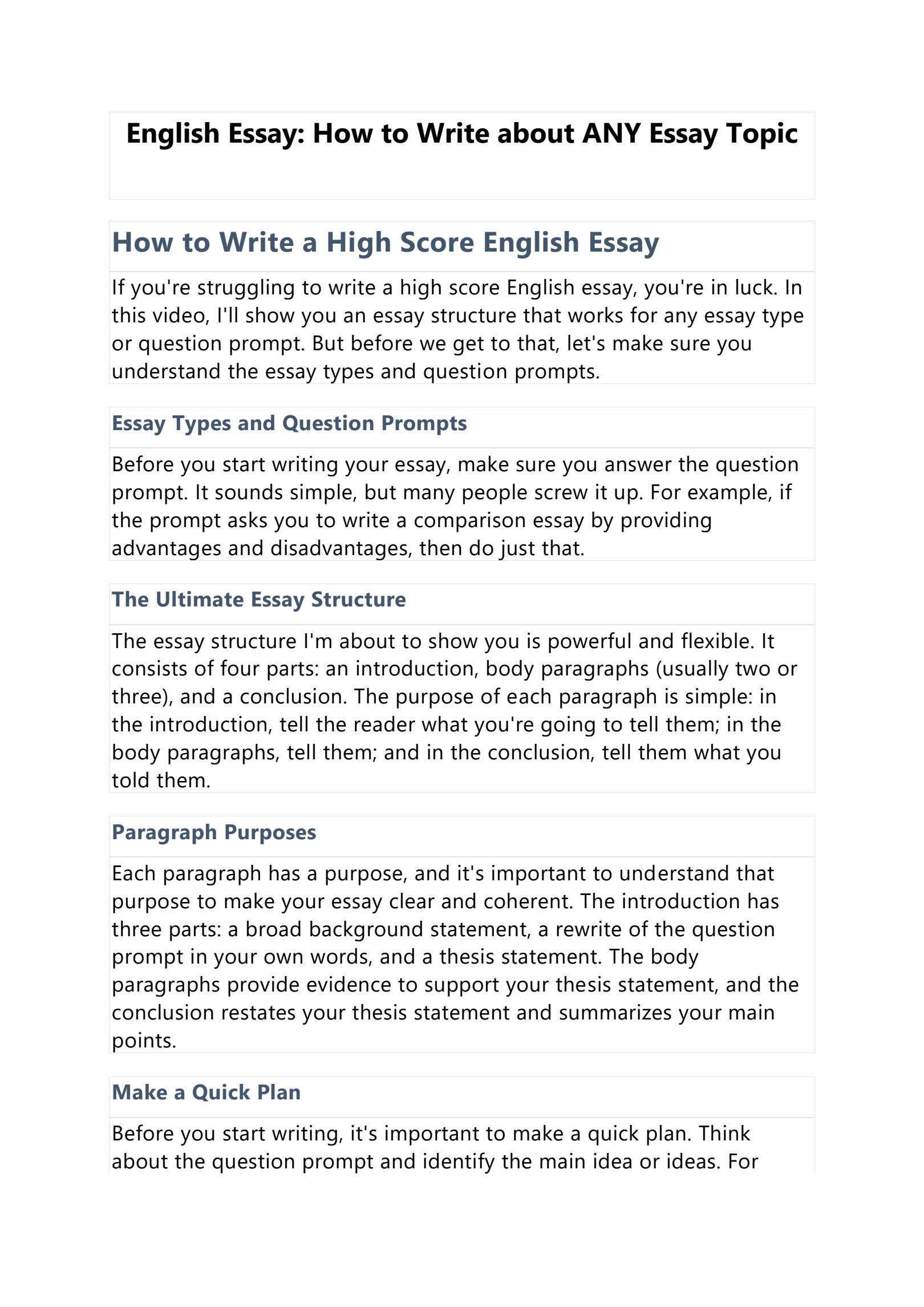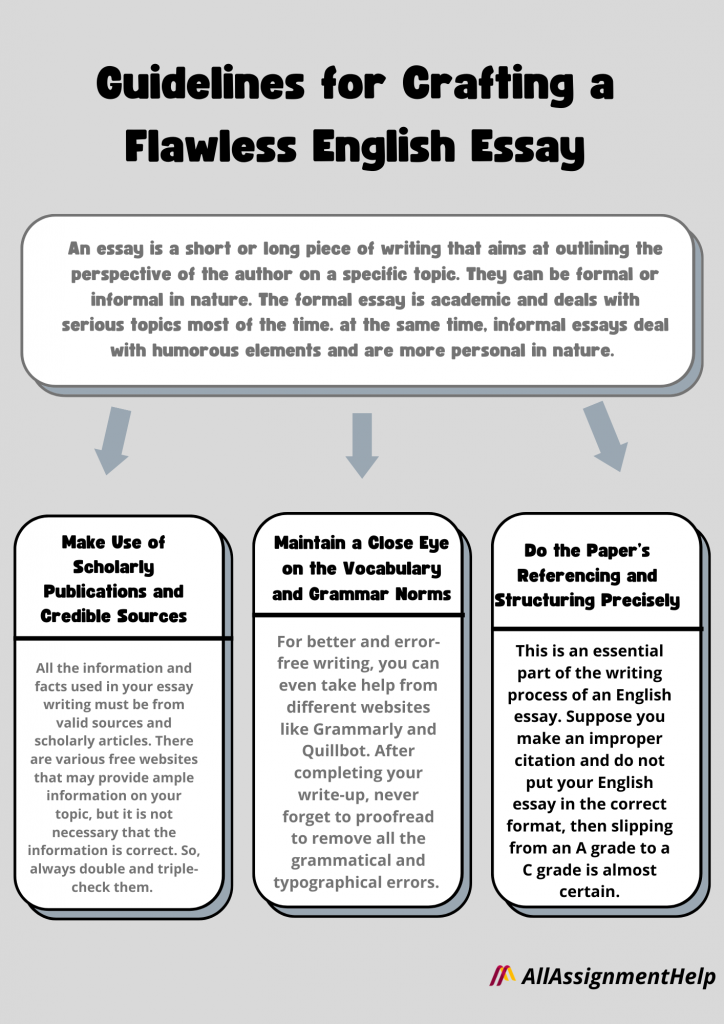Understanding AI Detectors: A Comprehensive Guide to Their Functionality and Impact
Understanding AI Detectors: Your Go-To Guide for Their Functionality and Impact
Have you ever wondered if the article you’re reading was penned by a human or generated by a machine?
With AI tools like ChatGPT and Gemini crafting text that reads just like a human, it’s becoming harder to tell the difference.
That’s where AI detectors come into play.
In this guide, I’ll break down what AI detectors are, how they work, and why they matter for everything from education to digital security.
Let’s dive in!
What Are AI Detectors?
AI detectors are tools specifically designed to spot whether a piece of writing comes from an AI or a human.
As AI-generated content gets more sophisticated, the challenge of distinguishing between the two grows.
These detectors use smart algorithms and machine learning to look at language patterns, grammar, and other text features.
How Do AI Detectors Work?
Here’s the lowdown on how these tools do their thing:
- Text Analysis: They check out the text’s syntax, vocabulary, and coherence. AI-generated content often has repetitive sentence structures or lacks depth.
- Machine Learning Models: Many detectors are built using machine learning. They’ve been trained on loads of text to spot the differences between human and AI writing.
- Feedback Mechanisms: Some tools, like Scribbr’s AI Detector, give paragraph-level feedback. This is perfect for writers looking to sharpen their skills.
- Continuous Improvement: AI tech is always evolving, and so are detection tools. For example, Decopy’s AI Detector claims an impressive accuracy rate of up to 99%, thanks to ongoing updates.
Applications of AI Detectors
AI detectors are popping up in various fields. Here’s where they’re making a difference:
1. Education
In schools, AI detectors are crucial for keeping things honest.
With students using AI writing tools, it’s tough for teachers to know if the work is original.
Using detectors helps ensure students submit their own work.
Platforms like GPTZero suggest that AI detectors should be part of a rounded assessment strategy, helping educators get a clearer picture of students’ abilities.
2. Content Creation
For writers, marketers, and journalists, authenticity is key.
AI detectors help verify that content is genuinely human-generated.
This is vital for credibility, especially in areas where misinformation can lead to serious issues.
3. Digital Security
AI detectors are also a big help in spotting deceptive content.
In a world where misinformation spreads like wildfire, these tools can filter out AI-generated text that could mislead or harm.
For instance, journalists can use AI Writing Detectors to sniff out false info and keep their reporting trustworthy.

The Technology Behind AI Detectors
The tech that drives AI detectors is pretty cool. Here’s what makes them tick:
1. Natural Language Processing (NLP)
NLP focuses on how computers understand human language.
AI detectors use NLP to spot language subtleties that hint at whether a text is human or AI-generated.
2. Machine Learning
These detectors learn from huge datasets containing both human and AI text.
This training helps them recognize the subtle differences in how we write.
3. Data Analytics
Advanced data analytics are used to make sense of what the detectors find.
These insights help users see how likely a text is to be AI-generated and offer tips for improving their writing.
Challenges and Limitations of AI Detectors
Of course, AI detectors aren’t perfect. Here are some challenges:
- False Positives and Negatives: No detector is 100% accurate. Sometimes, human writing gets flagged as AI-generated, and vice versa. So, it’s smart to use these tools as part of a bigger assessment strategy.
- Evolving AI Technologies: As AI writing tools get better, detection tools need to keep up. This constant evolution can make it tough for detectors to maintain accuracy.
- Contextual Understanding: AI detectors might misinterpret nuanced writing as AI-generated. This can lead to misunderstandings about the content.
The Future of AI Detectors
What’s next for AI detectors? Here are some trends to keep an eye on:
- Improved Algorithms: Ongoing research will lead to better detection algorithms, enhancing accuracy and reducing false positives.
- Integration with Other Tools: Expect to see AI detectors working alongside other digital security tools, creating comprehensive solutions for verifying content.
- Ethical Considerations: As these tools become more common, we’ll need to think about the ethics of using them. Balancing security with privacy will be crucial.
FAQs
What are AI detectors used for?
AI detectors help figure out if text is written by a human or generated by AI. They’re especially useful in education, content creation, and digital security.
How accurate are AI detectors?
Accuracy can vary. Some claim up to 99%, but no tool is perfect due to the ever-evolving nature of AI writing.
Can AI detectors be tricked?
Absolutely. If AI-generated content is tweaked to seem more human-like, it can fool detectors. This highlights the need for continuous updates in detection algorithms.
Are AI detectors necessary for education?
Yes! They’re becoming essential in schools to ensure students submit original work and uphold academic integrity.
What should I consider when choosing an AI detector?
Look for accuracy, user-friendliness, and features that match your needs. Tools like Decopy’s AI Detector offer various functionalities for different users.

Conclusion
As AI continues to shape our world, understanding AI detectors is key.
These tools are vital for enhancing digital security and ensuring content authenticity.
By leveraging advanced technology, AI detectors help various industries tackle the challenges posed by AI-generated content.
As we move ahead, the ongoing development of these detectors will be crucial for maintaining trust in our increasingly digital landscape.
Remember, knowing how AI detectors work can help you stay ahead of the game in this fast-changing world!

